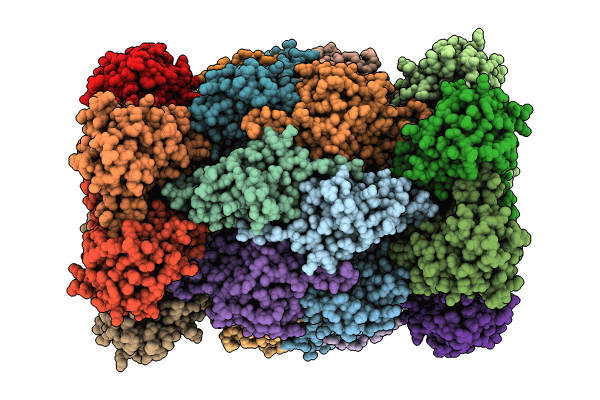
Deposition Date
2024-03-17
Release Date
2024-07-31
Last Version Date
2024-10-23
Method Details:
Experimental Method:
Resolution:
2.70 Å
Aggregation State:
PARTICLE
Reconstruction Method:
SINGLE PARTICLE


